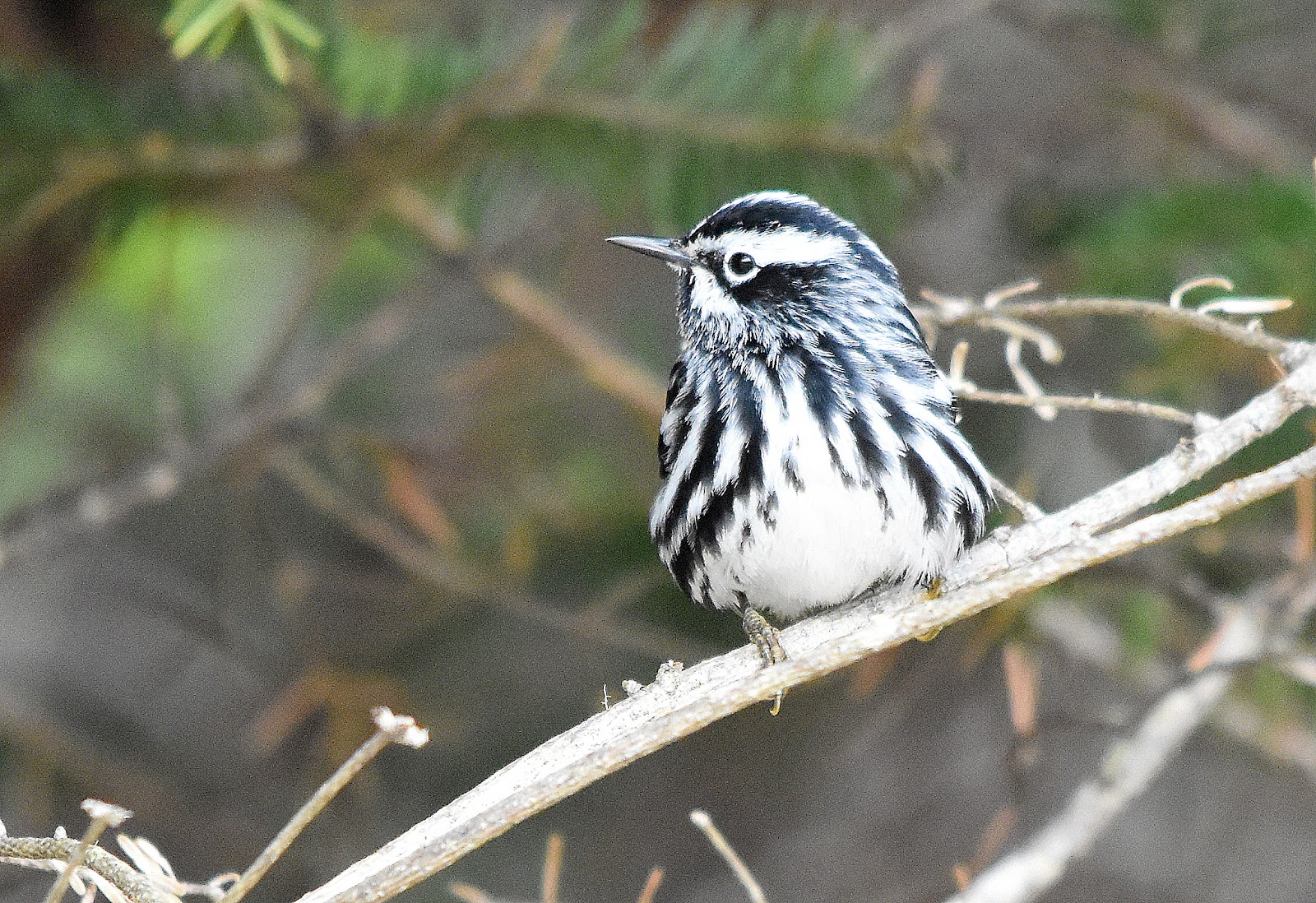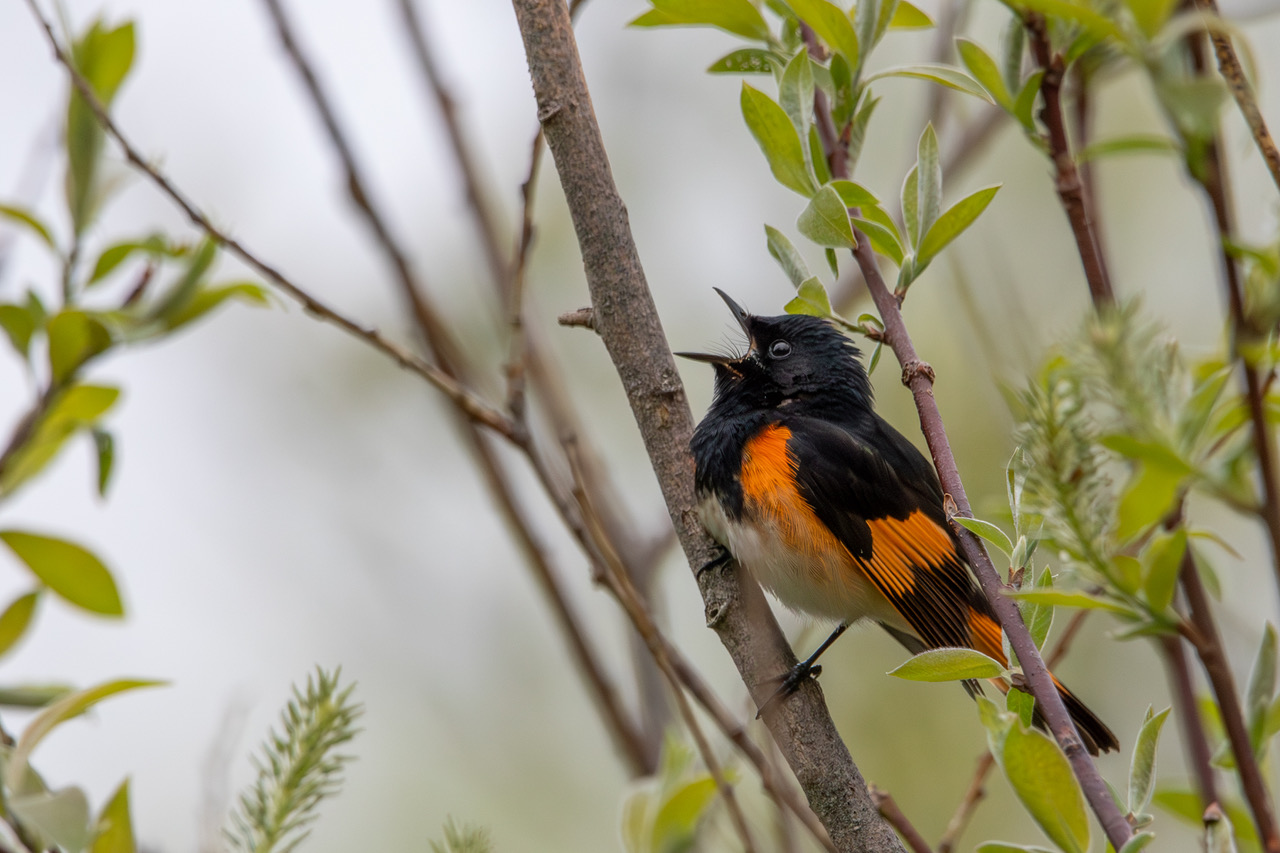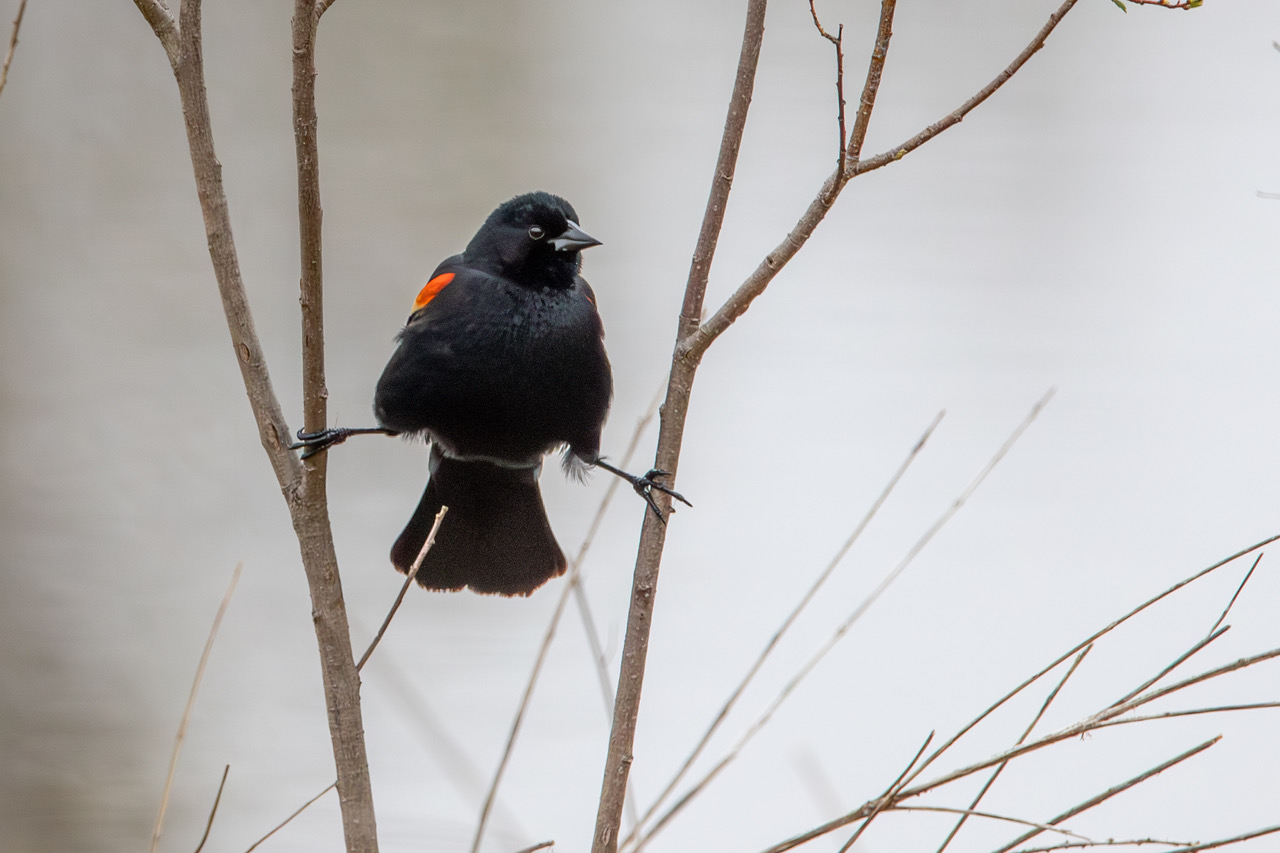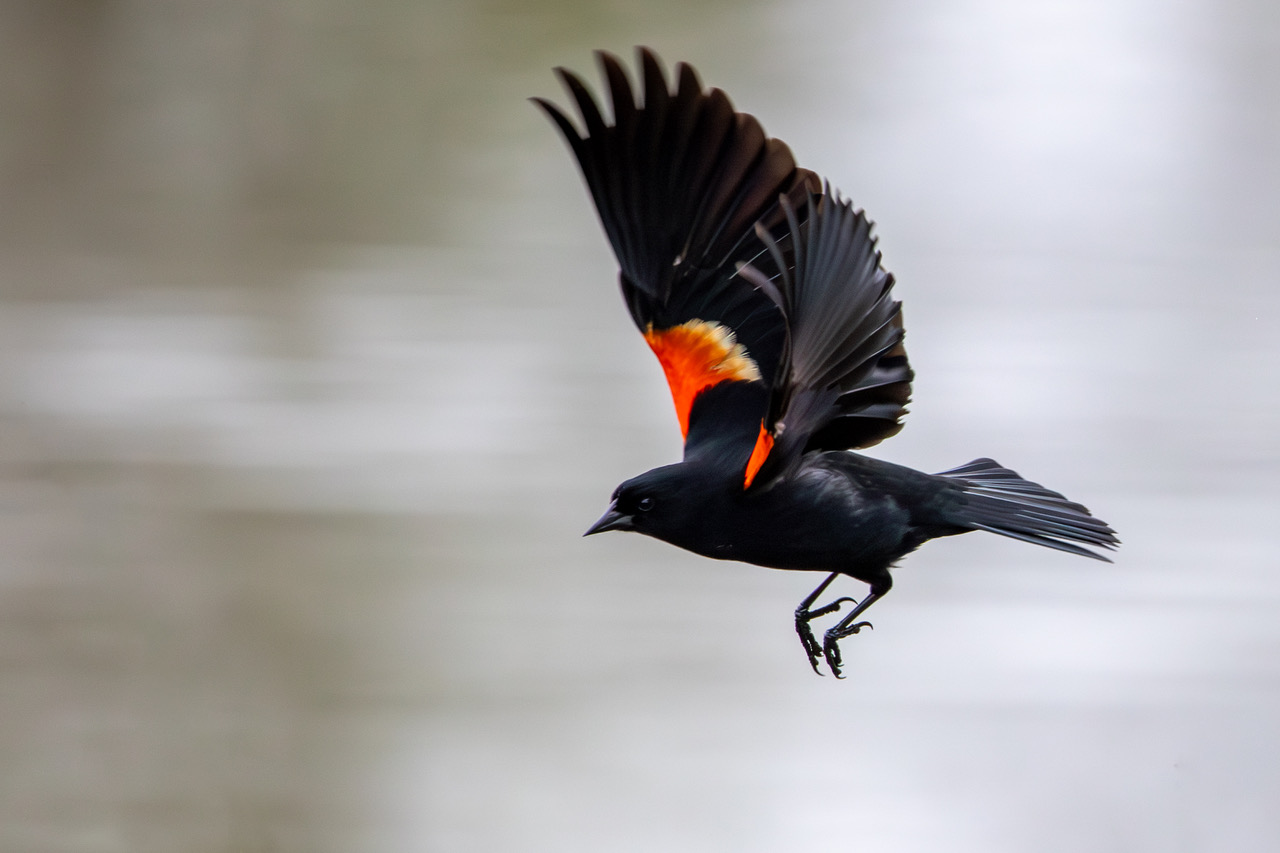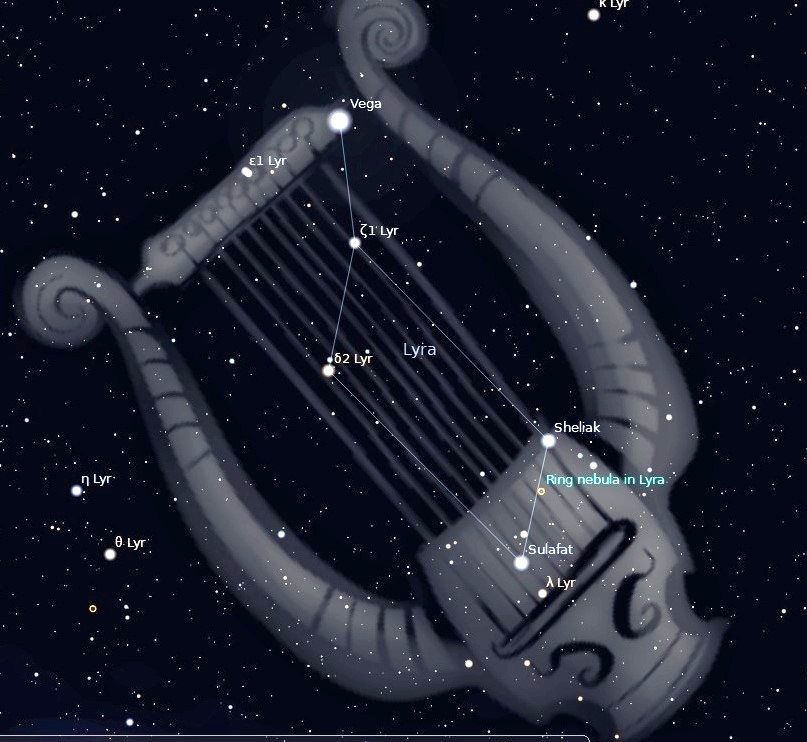NATURE
MONCTON NATURE NEWS
May 23, 2025
Nature Moncton members, as
well as any naturalist in New Brunswick or beyond, are invited to share
their photos and descriptions of recent nature sightings to build a fresh
(almost) daily edition of Nature News
To
respond by e-mail, please address your message to the information line
editor, nelsonpoirier435@gmail.com .
Please
advise the editor at nelsonpoirier435@gmail.com and the proofreader
Louise Nichols at Nicholsl@eastlink.ca if
any errors are noted in wording or photo labelling.
For more information
on Nature Moncton, check the website at www.naturemoncton.com
Proofreading
courtesy of Nichols nicholsl@eastlink.ca
To
view the live feed of the Peregrine Falcon nest cam on the summit of Assumption
Place in Moncton, go to:
** Due to weather conditions this week and the weather forecast for this weekend, the Nature Moncton Warbler walk that was scheduled for tomorrow, Saturday, May 24, is postponed until next Saturday, May 31.
**Norbert Dupuis again photographed some pleasant moments at the Reid McManus Nature Reserve, capturing a singing male
American redstart, a male red-winged blackbird flaring its epaulettes,
and a spotted sandpiper (one of the shorebirds that breeds in New Brunswick).
**Shannon Inman got a couple of distant photos of a male
common eider hanging out with double-crested cormorants by the Harvey dam,
as a female belted kingfisher monitored the marsh.
(Editor’s note: It won’t be long before these colourful
adult male common eiders will go into eclipse plumage, and some will be
rendered near flightless for a time.)
**Mac Wilmot’s neighbour Debbie Caron has a male northern
parula pecking at her window (assumedly at its own reflection), and it likes
to perch on the convenient hummingbird feeder near the window.
**Jane LeBlanc took a bike ride on Thursday morning and
found black-and-white warblers, black-throated green warblers, a Nashville
warbler, and had northern parulas trying to get into her house. She also
had a blackpoll warbler, but the photo was not good enough to share.
**This Week’s Sky at a Glance, 2025 May 24 – May 31
With turkey vultures becoming more prominent in the province you might be
interested in knowing a vulture once flew with the swan and the eagle in the
sky. The bright star Vega can be seen high in the east in the late evening.
Vega’s constellation is Lyra the Lyre or Harp, with the main part of the
instrument being formed by a parallelogram of stars. If you point a telescope
between the two brighter stars of the parallelogram, opposite Vega, you might
notice a fat, blurry star. A moderate-sized telescope will show it as a smoke
ring or doughnut. This is the Ring Nebula or M57, the remnants of a Sun-sized
star that puffed off its layers of gas when it ran out of nuclear fuel. Near
Vega is a dimmer but naked-eye star that binoculars will show as two stars, and
a telescope at high power will reveal each of those as double stars. This star,
Epsilon Lyrae, is nicknamed the Double-Double, so with a coffee and a doughnut
I regard Lyra as the Tim Hortons constellation.
In mythology the lyre was made from a tortoise shell by the god Hermes, who
gave it to Apollo. It was mastered by Apollo’s son Orpheus, who soothed all
around him when he played. After his bride was killed tragically on their
wedding night, he spurned the advances of the many young ladies vying for his
attention. They schemed revenge, screaming loudly so as not to be affected by
his music, and then beat him to death and tossed the lyre into the river. In
one version of mythology, Zeus sent a vulture to retrieve the lyre and had it
placed in the sky to commemorate Orpheus and his music. Star maps from a few
centuries ago depicted the lyre in the talons of the vulture.
This Week in the Solar System
Saturday’s sunrise in Moncton is at 5:37 and sunset will occur at 8:55, giving
15 hours, 18 minutes of daylight (5:45 and 8:57 in Saint John). Next Saturday
the Sun will rise at 5:32 and set at 9:02, giving 15 hours, 30 minutes of
daylight (5:40 and 9:04 in Saint John).
The Moon is new on Monday and it slides up and over Jupiter between Tuesday
and Wednesday, and then it approaches Mars next Saturday. Mars crosses the
constellation border into Leo the Lion this weekend. Venus rises to the right
of the waning crescent Moon around 4 am this Saturday, with Saturn to their
upper right. Neptune can be seen half a binocular field to the left of Saturn,
with a brighter star just above. The two planets will share a binocular view
for the rest of the year. Mercury is at superior conjunction on May 30,
appearing in the evening sky in mid-June.
The Spring Star Party at Kouchibouguac National Park
takes place next Friday and Saturday. See the rascnb website for details. Tune
in to the Sunday Night Astronomy Show at 8 pm on the YouTube channel and
Facebook page of Astronomy by the Bay.
Questions? Contact Curt Nason at nasonc@nbnet.nb.ca.
Nelson Poirier.
Nature Moncton




